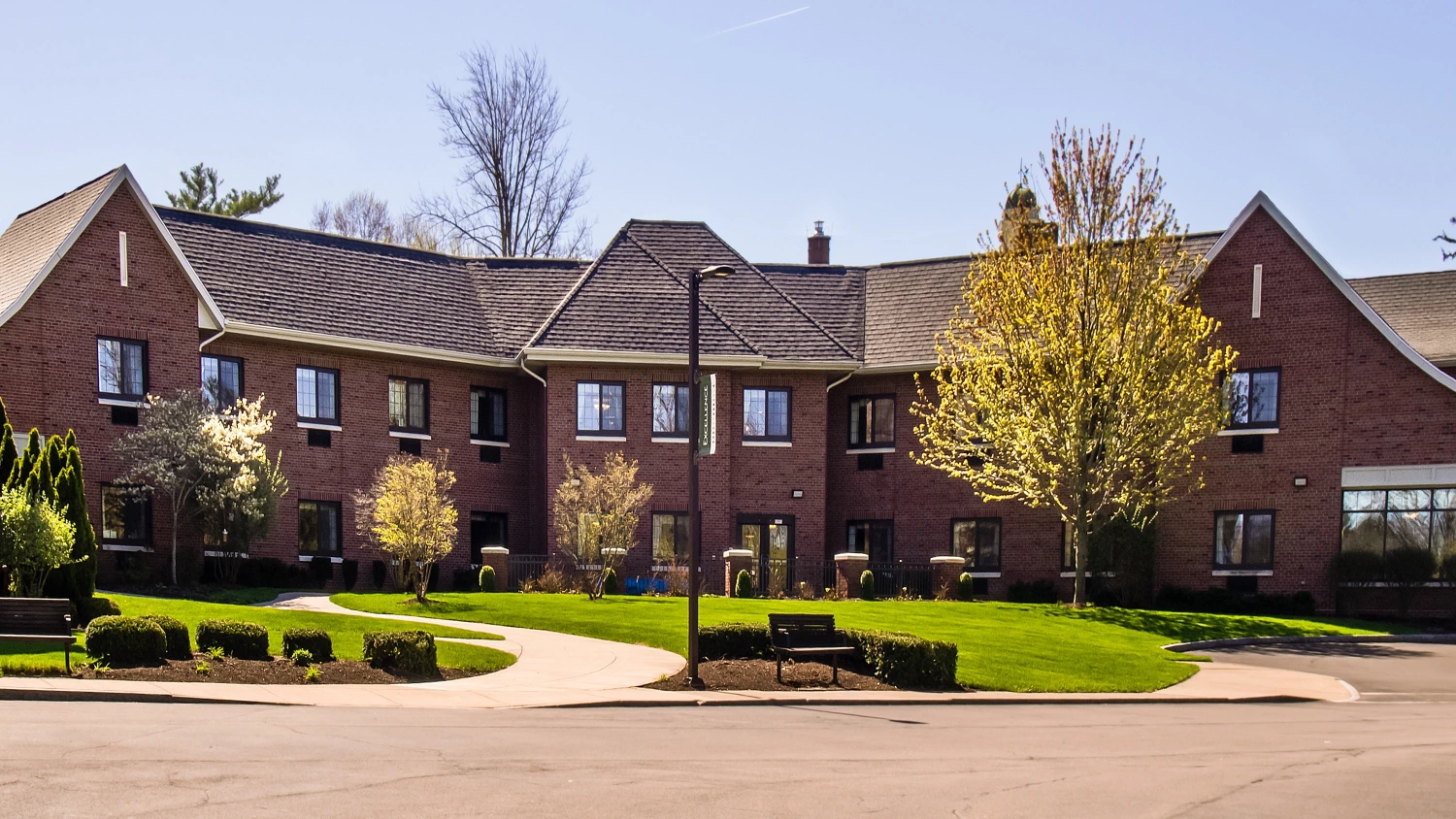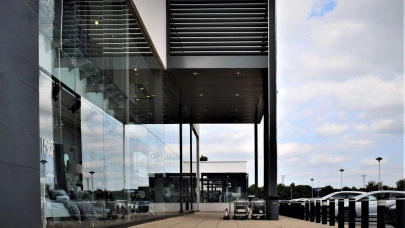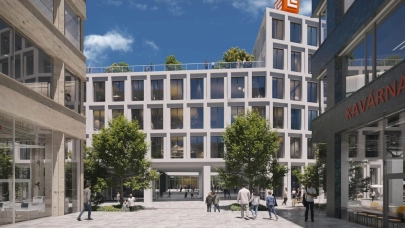
The senior living aspect of the European healthcare market continues to attract new capital according to the “European Healthcare - A Growth Market” just released by Colliers. Strong demographic demand and limited supply of customer options are the drivers of the capital to this sector.
The nursing/care home component of European investment volumes superseded the trading of senior living assets for the first time in five years during 2020 and into Q1 2021, yet growth in demand for greater senior housing options will drive higher investment market share for these assets longer term.
The eight major European countries surveyed in this report are projected to see their 65+ population account for 25% of the national population, expanding by a collective 21.7 million from 2020 to 2035 by 2035. This is larger than the current combined population of London or that of Paris and Ile de France, creating a significant market force to be catered for, driving demand for various forms of senior living assets.
A growth market
Damian Harrington, Director, Head of EMEA Research explains: “We know the investment community continues to branch out into a range of niche and alternative asset types in the search for product and income. The proven long-term positive risk-reward balance of the senior living and healthcare sector in more mature markets such as the UK, alongside the significant growth in demand for assets and care services created by an aging population is attracting greater diversity of capital to this sector. The expansion of the 65+ population to 25% of our population by 2035 is multiplied by high levels of wealth, creating demand for more senior living options.”
Richard Divall, Head of Cross Border Capital Markets, EMEA comments: “As baby boomers age into the senior living resident age cohort, they will expect and desire state-of-the-art facilities that focus on technology and the rapidly evolving delivery of health care. Senior living facilities that have designated space for on-site telehealth visits with trained staff are more likely to attract potential residents than obsolete facilities that do not. We are seeing an increasing weight of capital from North America, Asia and Europe targeting this sector, although investors are wary of some risks associated such as obsolescence, financially weak operators and a demand wave that remains 5-7 years away”.
The senior living investment market
Colliers recent Global Investor Survey denoted that 21% of respondents earmarked an interest in investing into senior living assets in 2021. So far in 2021 investment volumes into the sector have expanded from a five-year average of 2.3% to 3.8%. Although volumes of around €7 billion per year are small in comparison to other sectors, the opaque and nascent nature of healthcare as a real estate investment class means the reporting of transaction volumes is undoubtedly lower than what is happening on the ground.
Healthcare diversification: hospital/care beds supply vs. demand imbalance
Although investment demand for primary and secondary healthcare facilities is lower, the sector also benefits from strong growth drivers. In most countries, there has been a declining level of national provision of hospital beds and nursing care over the last decade, with the private profit and not-for-profit operators making up the shortfall. Only in the UK, Poland and Denmark are the vast majority of hospital beds provided for by the state. In Germany, France, Spain and Italy this rate drops to around 60% on average and various investors and operators from these nations are clearly spreading their sphere of influence across the continent. Consumer spending growth on private healthcare and private healthcare insurance will continue to drive underlying demand for a broader range of healthcare assets, as the expansion of state provision is set to remain muted. This will create additional investment options for investors, albeit of a more complex and niche nature.



